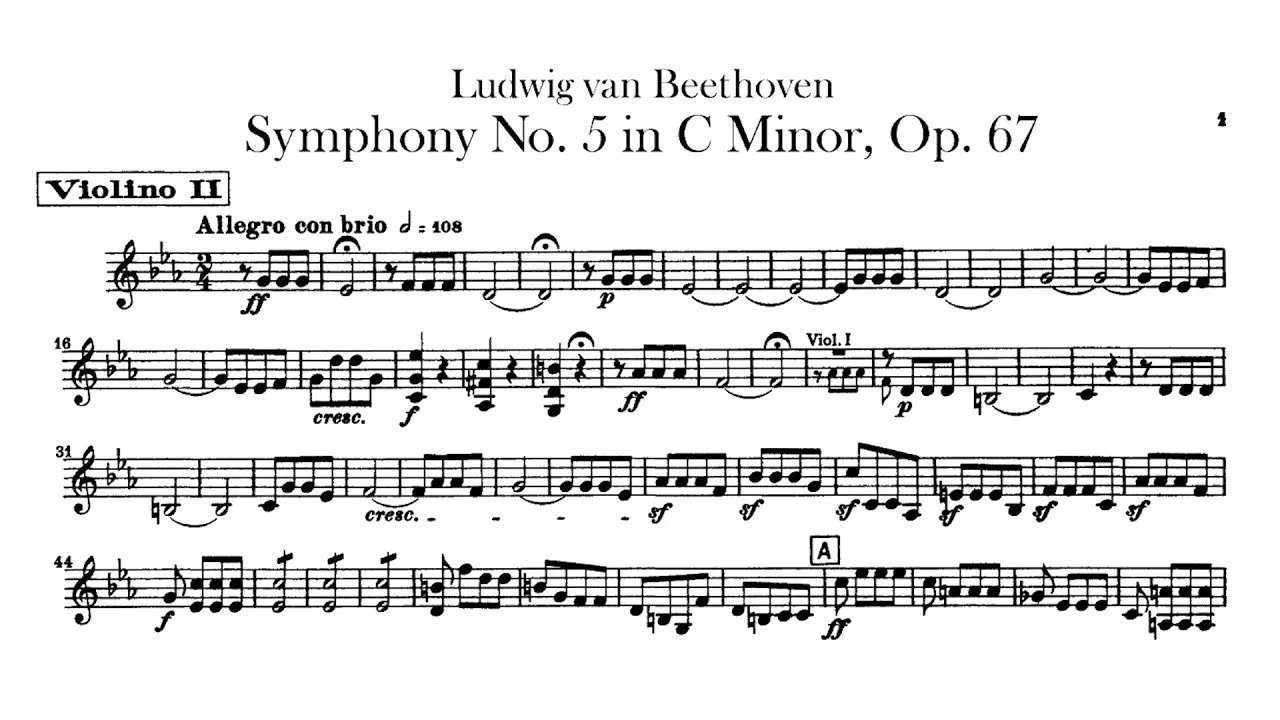The Relationship Between Music and Painting
What do music and painting have in common? Actually, a lot. Music and painting, though distinct art forms, share a real connection rooted in their ability to evoke emotions, tell stories, and express the depths of human experience. The interplay between these two mediums can result in powerful, inspiring works of art that transcend boundaries and create a holistic sensory experience. One of the most enjoyable art projects I’ve ever undertaken was to paint four large paintings, each painting representing what I SAW in my mind as I listened to the four movements of Beethoven’s fifth symphony. It was a wild experiment for me!
I think the connection works because the way music inspires painting is through its capacity to evoke emotions and moods. Music, with its rhythm, melody, and harmony, can transport listeners to different emotional states. An artist can translate these feelings into visual elements, using color, texture, and composition to mirror the emotions stirred by the music. For example, a piece of classical music with a slow, melancholic melody might inspire a painting with cool, muted tones and fluid, gentle brushstrokes, capturing the essence of sadness or introspection.
Music also has the power to stimulate the imagination and conjure vivid imagery. Listening to a piece of music, an artist may visualize scenes, landscapes, or abstract forms that resonate with the sounds they hear. This synesthetic experience allows artists to create paintings that are a direct response to the music, blending auditory and visual elements into a cohesive artistic expression.
Listening to a piece of music, an artist may visualize scenes, landscapes, or abstract forms
The rhythm and dynamics of music can influence the composition and movement within a painting. Just as music has crescendos, diminuendos, and varying tempos, a painting can incorporate contrasting elements, such as bold, energetic strokes juxtaposed with soft, delicate details. This rhythmic interplay can create a sense of movement and flow within the artwork, making it visually engaging and dynamic.
Also, the themes and narratives within music can inspire artists to explore similar concepts in their paintings. An orchestral piece that tells a story of heroism and adventure might lead an artist to create a dramatic, epic scene filled with tension and excitement. Conversely, a folk song about love and loss might inspire a more intimate, personal painting that delves into the complexities of human relationships.
Music and painting are intertwined in their ability to inspire and enhance each other. The emotions, imagery, rhythm, and narratives found in music provide a rich source of inspiration for painters, enabling them to create visually compelling works that resonate on a deeper, emotional level.

